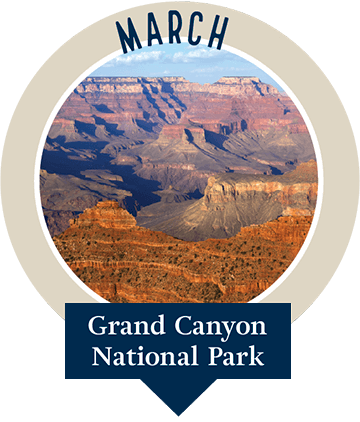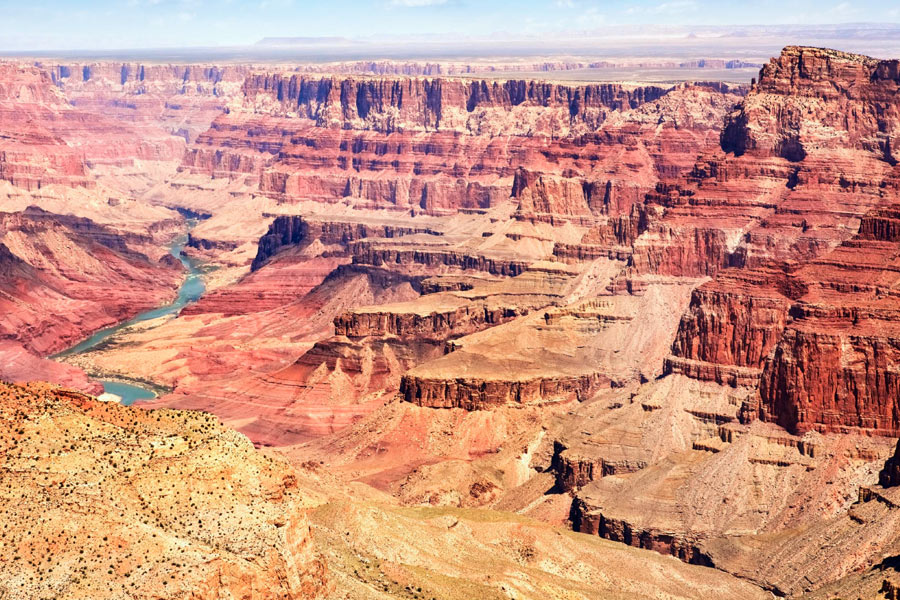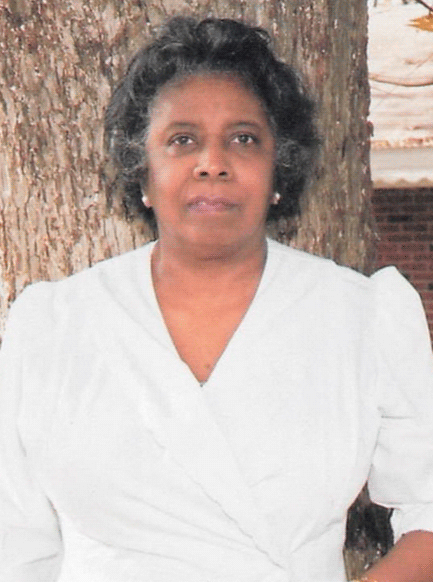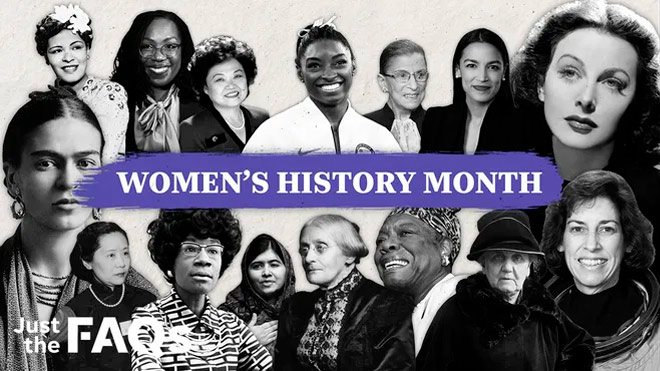

Resident´s Birthdays
Joyce Kay 3/7
Doris Branyon 3/11
Ron Batson 3/19
Pat Dietz 3/30
Celebrating March
National Peanut Butter Day 1/1
Banana Cream Pie Day 2/2
National Oreo Day 2/6
Daylight Savings 2/10
Girl Scout Day 2/12
St. Patrick’s Day 2/17
Good Friday 3/29
Easter 3/31
Events Spotlight
3/4 Grand Canyon kick-off
3/5 Super Tuesday Primary Election
3/19 Family Night
3/22 Red Hatters Table Rock Tea Tour
History of St. Patrick's Day
Saint Patrick, who lived during the fifth century, is the patron saint of Ireland and its national apostle. Born in Roman Britain, he was kidnapped and brought to Ireland as a slave at 16. He later escaped, but returned to Ireland and was credited with bringing Christianity to its people. In the centuries following Patrick’s death (believed to have been on March 17, 461), the mythology surrounding his life became ever more ingrained in the Irish culture: Perhaps the most well-known legend of St. Patrick is that he explained the Holy Trinity (Father, Son and Holy Spirit) using the three leaves of a native Irish clover, the shamrock. After more than six years as a prisoner, Patrick escaped. According to his writing, a voice—which he believed to be God’s—spoke to him in a dream, telling him it was time to leave Ireland. To do so, Patrick walked from County Mayo, where it is believed he was held, to the Irish coast. After escaping to Britain, Patrick reported that he experienced a second revelation—an angel in a dream tells him to return to Ireland as a missionary. Soon after, Patrick began religious training, a course of study that lasted more than 15 years. After his ordination as a priest, he was sent to Ireland with a dual mission: to minister to Christians already living in Ireland and to begin to convert the Irish. (Interestingly, this mission contradicts the widely held notion that Patrick introduced Christianity to Ireland.)
Celebrating Easter & why we have eggs

Easter is a Christian festival and properly begins on Ash Wednesday and has the 40 days of Lent (a time of fasting or giving up something for many) leading up to Holy Week, for Easter is actually a whole week-long festival in many churches across the world. During Lent the act of alms giving is also very important for many Christians with financial, food and other giving increased for the duration of lent. Records indicate that as early as 200 years after Jesus’ life the early church decorated eggshells red to signify the blood and empty tomb. This may also have appropriated earlier festivals and easter also coincides with the Jewish Passover festival. All however relate to the new life experience, and this is what the Christian church wished to use in its festivals, as we believe Jesus gives new life by what was accomplished at the cross. After His resurrection, Christ ate and drank in the company of His disciples. “We, who ate and drank with Him after His resurrection…” In our festivals, and the communion that is involved, we join in this remembrance and look forwards to His kingdom. The Easter story is the decisive move of God in saving humankind from sin and restoring all things to Himself. So convinced were the apostles of the reality of Christ’s resurrection, that they almost all met a martyr’s death for the sake of their faith. Easter is a time for joy, feasting and love to all as we recall the steps God took to allow us all to approach and be reconciled to Him.

Grand Canyon
National Park
A world-famous natural attraction located in Arizona,
the park covers 1.2 million acres of land.
Resident of the Month
Louvenia Blassingame
Louvenia G. Blassingame has resided in the Upstate of SC all her life. She earned a Bachelor’s Degree from Morris College in Early Childhood Education and received an award for her numerous generous contributing to this school. She thoroughly enjoys returning to her alma mater for activities and events when the opportunity presents itself. Once she graduated, she immediately put her degree to work teaching 2nd grade students. Her constant desire to learn, lead her to earn her Master’s degree, as well as often taking courses at Clemson University to continuously furthering her knowledge and skills. Once retired, she returned to the classroom as a teacher’s aide because of her love to teach and watch children develop scholastically. Former students often speak of how impactful she was in their life.
Louvenia joined Saint Paul Baptist Church at an early age and continues to stay connected to the members there even though she no longer resides nearby. She was constantly involved in numerous activities simultaneously. She enjoyed participating in the choir, the women’s missionary auxiliary and the Usher Board to name a few. She also was the President of the Women’s Missionary Auxiliary for the entire Seneca River Baptist Association. She loves being an active participant of the community. She is a well-known member of her hometown community, and her presence is greatly missed by family and friends since she moved from the area.
Before relocating to Spring Park, she loved to host all the holiday family dinners and would often cook delicious Sunday dinners for family and friends. No one was ever a stranger when they came to her home and everyone who came for Christmas would leave with a gift! She is a very generous, caring soul, who is also extremely humble and sweet. Her demeanor came from her desire to live a life pleasing to God. She has strong faith which has brought her through many trials over the years.
She often sits quietly in thought and observation. In her free time, she is can be found reading the Bible, listening to gospel music and sermons when she has the opportunity. She also had many hobbies that she engaged in to keep busy.
She has a son, a daughter, a daughter-in-law, a son-in-law, 5 grandchildren and 5 great grandchildren who love her dearly and can’t wait until they are able to fellowship with her again.
Louvenia relocated to Travelers Rest to be closer to her children and their families after the passing of her loving husband of 54 years. During their marriage, they provided a constant Christian foundation for their family. The following scripture rang true in the way they lived their lives and created an environment which allowed their family to be blessed and deeply rooted in God.
“I have been young, and now I am old; yet I have not seen the righteous forsaken, nor his seed begging bread. He is ever merciful, and lendeth; and his seed is blessed.
Psalm 37:25-26 KJV
Women's History Month
Every March, people in the United States celebrate the achievements and history of women as part of Women’s History Month. Educators in Santa Rosa, California, first celebrated Women’s History Week in March 1978 to increase awareness of women’s contributions to society. Organizers selected a week in early March to correspond with International Women’s Day on March 8. Over the next several years, other cities across the country joined Santa Rosa in celebrating Women’s History Week. In 1980, U.S. President Jimmy Carter declared the week of March 8 National Women’s History Week, urging everyone in the United States to participate. According to Carter, “too often the women were unsung and sometimes their contributions went unnoticed. But the achievements, leadership, courage, strength, and love of the women who built America was as vital as that of the men whose names we know so well.” The week-long event officially became a month-long one in 1987 when Congress passed a resolution designating March as Women’s History Month. Women’s History Month has been celebrated in the United States every March since. Among the notable figures often spotlighted during Women’s History Month are Sacagawea, Native American woman who helped make Lewis and Clark’s expedition to map parts of the West, Elizabeth Cady Stanton and Susan B. Anthony, who fought for equality for women in the mid-19th century, Harriet Tubman, a spy who led slaves to freedom during the Civil War; Amelia Earhart.
More Articles
All-Inclusive Senior Living vs. Nursing Homes: Which is Best for Your Loved One?
In the journey of caring for our elderly loved ones, one of the most significant decisions we face is choosing the right environment where they …
Harnessing Financial Support for Your Retirement Journey
Share our good news:
Grand Canyon
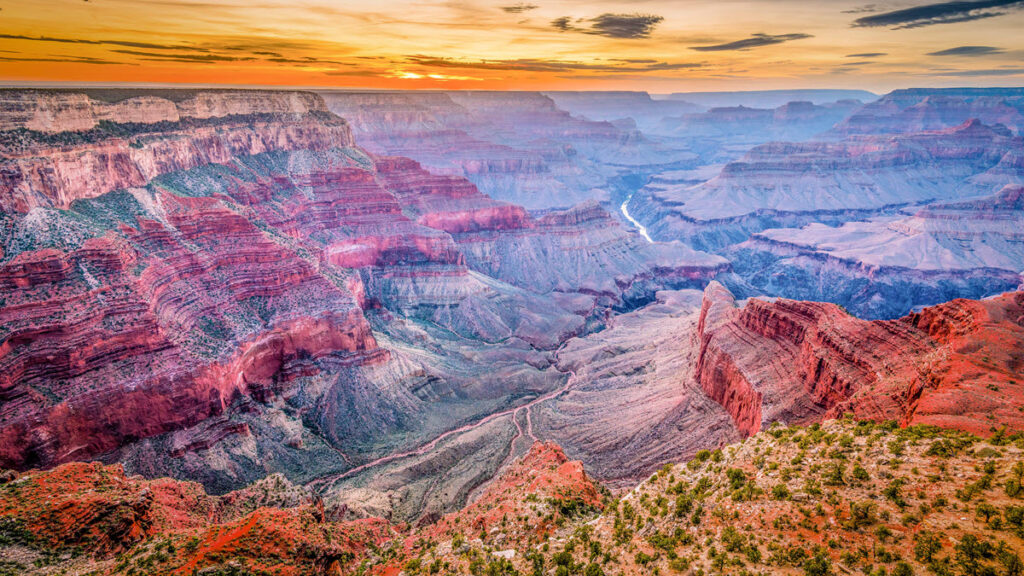
Our third National Park is the Grand Canyon. It is located in northern Arizona, northwest of the city of Flagstaff. The canyon measures over 270 miles long, up to 18 miles wide and a mile deep, making it one of the biggest canyons in the world. This natural landmark formed about five to six million years as erosion from the Colorado River cut a deep channel through layers of rock. The Grand Canyon contains some of the oldest exposed rock on Earth. The mile-high walls reveal a cross section of Earth’s crust going back nearly two billion years. These rock layers have given geologists the opportunity to study evolution through time. The oldest known rocks in the canyon, called the Vishnu Basement Rocks, can be found near the bottom of the Inner Gorge. The Vishnu rocks formed about 1.7 billion years ago when magma hardened and joined this region—once a volcanic ocean chain—to the North American continent. Humans have inhabited the area in and around the canyon since the last Ice Age. The first Europeans to reach the Grand Canyon were Spanish explorers in the 1540s. President Benjamin Harrison first protected the Grand Canyon in 1893 as a forest reserve, and it became an official United States National Park in 1919. Fast forward to today, when more than six million people a year visit Grand Canyon National Park to experience its visitor centers, mule trips, train tour, helicopter rides, and more. There are so many things to do that it might seem impossible to escape the admiring crowds.

Associate of the Month
Bo King

BoaShannon is a native of Travelers Rest. She has lived in many other states but always finds her way back home to Travelers Rest. She has 3 daughters and 2 grandchildren all of whom she adores. Her passion is cooking. Bo is a trained Chef. She loves cooking for family and friends. She loves to travel in her spare time. Bo enjoys working at Spring Park. She has a fondness for the elderly. She loves taking care of them. She joined Spring Park in November and quickly fit right in and became part of the team. She has gone above and beyond her job with housekeeping. She does an exceptional job. She says if she has been a help to anyone you have made her day, and she hopes she has made yours. She is always willing to give a helping hand and that makes her heart happy.

Collaborators

Lisa





